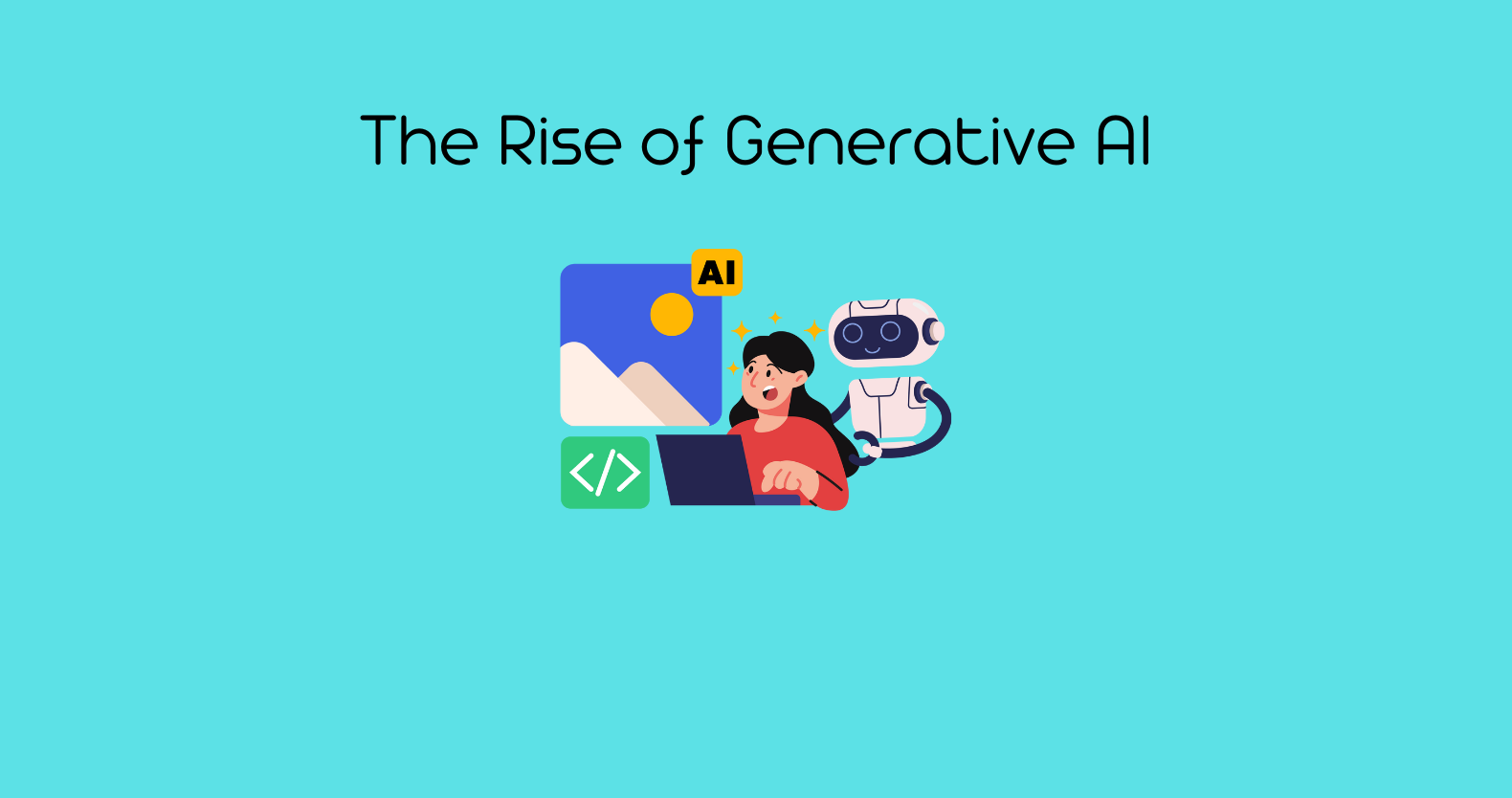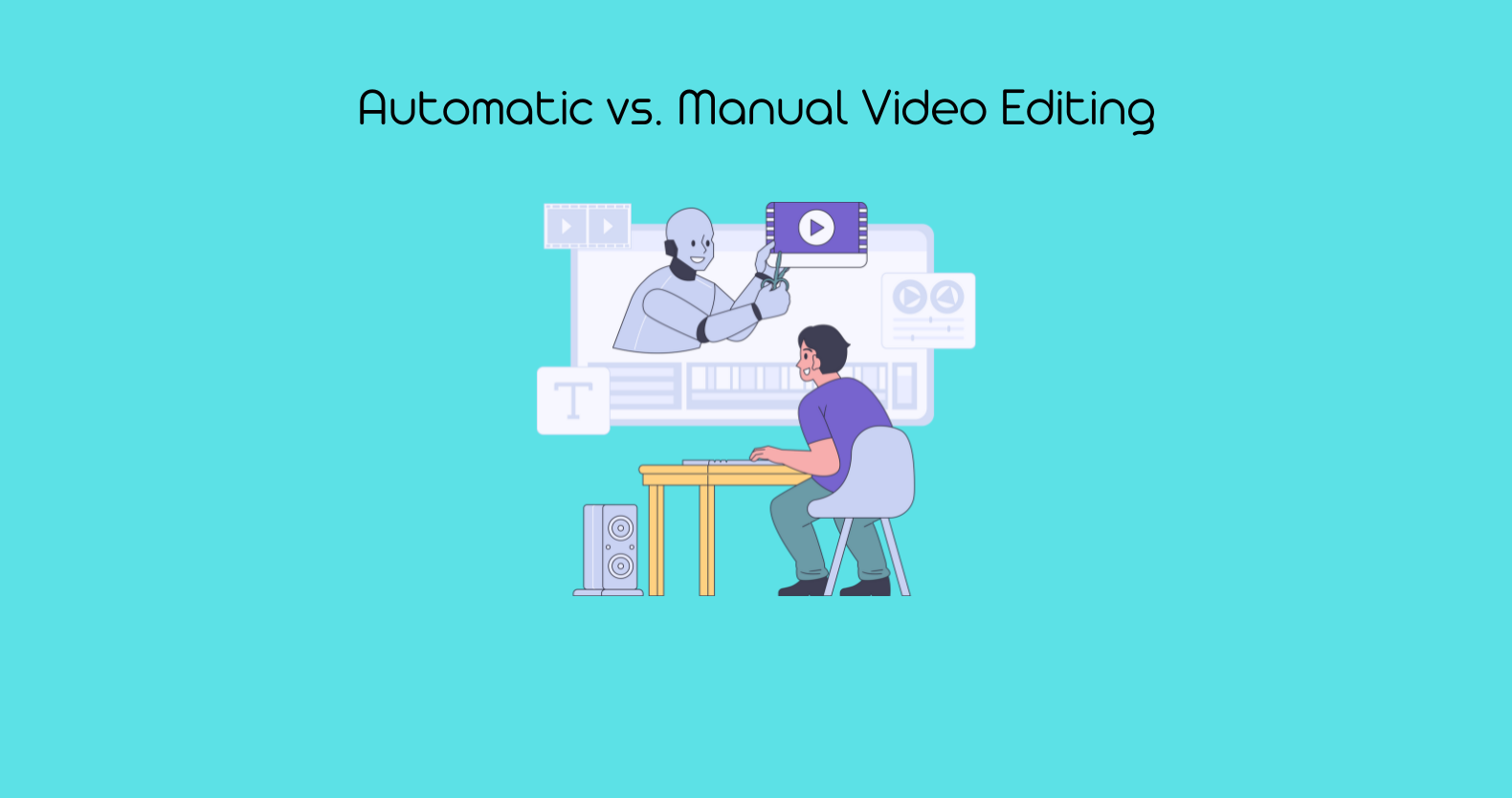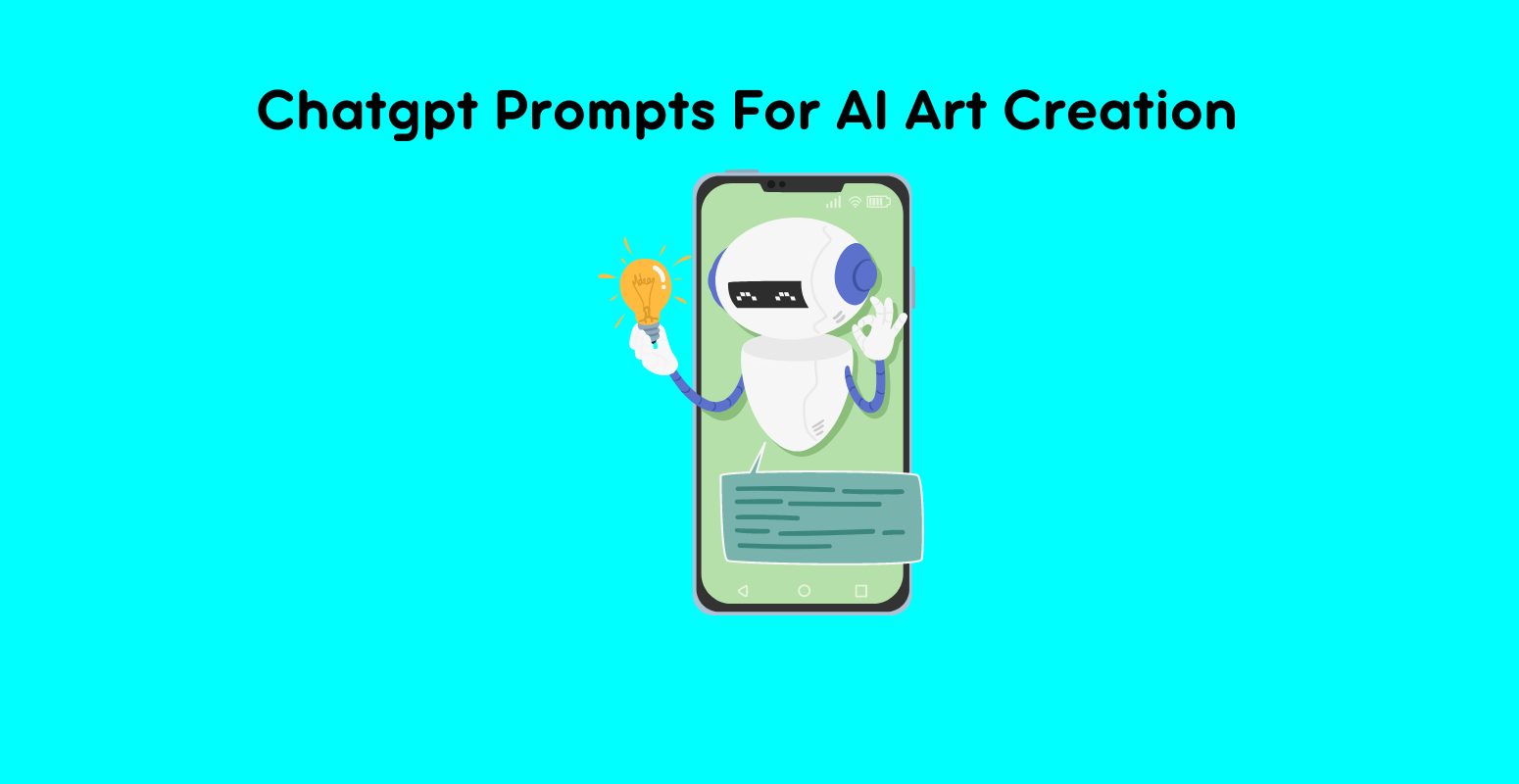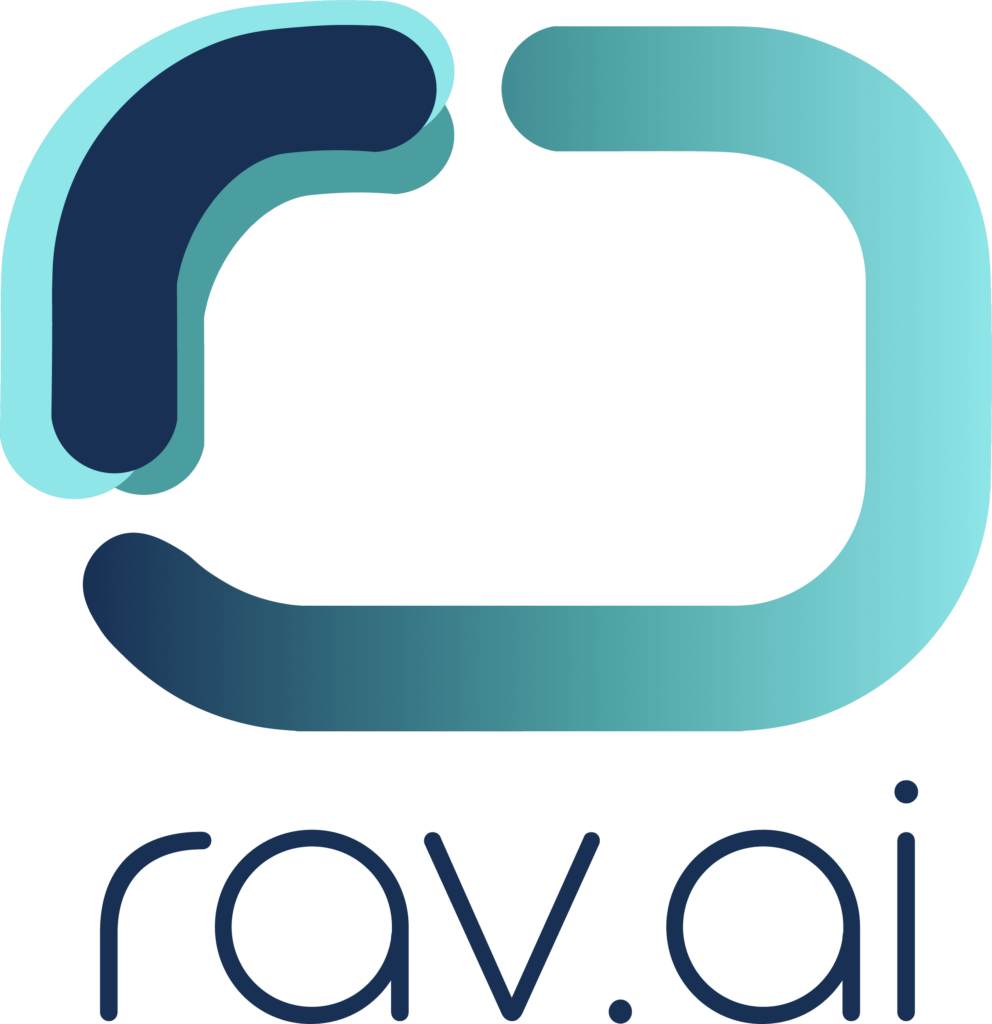Generative AI is rapidly becoming a cornerstone of modern technology, transforming various industries with its innovative capabilities. From creating stunning pieces of art to revolutionizing medical research, the impact of AI is both profound and far-reaching. This guide explores how artificial intelligence is not only revolutionizing current industries but also creating new opportunities and reshaping the future of various sectors.
What Exactly Is Generative AI?
Generative AI refers to a type of artificial intelligence that can generate new content, designs, or ideas based on the data it has been trained on. Unlike traditional AI, which typically follows a set of predefined rules to make decisions, AI uses algorithms to create something new, often surprising its creators with its creativity and innovation.
The core technologies driving generative artificial intelligence include Generative Adversarial Networks (GANs), Variational Autoencoders (VAEs), and transformers. GANs consist of two neural networks—a generator and a discriminator—that work together to produce realistic data. VAEs, on the other hand, are used for generating new data points that are similar to a given dataset. Transformers are a type of model used for tasks that involve sequential data, such as language generation and translation.
Historical Background:
Generative AI has its roots in early AI research, but significant advancements have been made in the past decade. Key milestones include the development of GANs by Ian Goodfellow in 2014, which opened up new possibilities for creating realistic images, and the release of OpenAI’s GPT-3 in 2020, which demonstrated the power of transformers for generating human-like text.
Check How AI is Changing Video Editing
Generative AI in Developing AI-Powered Tools
Modern-day AI technology is not only transforming existing industries but also playing a crucial role in the development of new AI-powered tools.
These tools leverage the creative and problem-solving capabilities of AI to enhance functionality, efficiency, and innovation across various fields. Here are some key areas where generative artificial intelligence is instrumental in developing AI-powered tools:
1. Natural Language Processing (NLP) Tools
Chatbots and Virtual Assistants:
Generative AI has significantly improved the development of chatbots and virtual assistants. By generating human-like text responses, these AI-powered tools can understand and respond to user queries more effectively. Advanced models like GPT-3 can carry on sophisticated conversations, providing customer support, information retrieval, and even emotional support.
Content Generation:
Tools like AI-powered content generators use generative AI to create articles, blog posts, product descriptions, and more. These tools can quickly produce high-quality content, tailored to specific topics and styles, helping businesses and individuals save time and effort in content creation.
2. Creative Tools
Design and Art Creation:
Generative AI is revolutionizing design tools by enabling the automatic creation of graphics, logos, and artworks. AI-powered design tools can generate unique and visually appealing designs based on user inputs and preferences. This helps designers explore a wide range of creative possibilities and speeds up the design process.
Music Composition:
AI-powered music composition tools use generative artificial intelligence to create original music tracks. These tools can compose melodies, harmonies, and rhythms in various styles and genres. Musicians and composers can use these AI-generated pieces as inspiration or incorporate them directly into their projects.
Video Editing
AI has revolutionized many aspects of our lives, including video editing. Gone are the days of spending hours meticulously cutting and splicing footage. AI-powered tools now handle these tasks efficiently, allowing users to focus on creativity and storytelling.
Rav.ai, a leading AI video editing platform, exemplifies this transformation. It automates the editing process, producing high-quality videos with minimal effort. By analyzing your footage and matching it to a desired style, Rav.ai saves time and ensures professional results. Experience the future of video editing with Rav.ai and try it for free today!
3. Data Analysis and Insights
Predictive Analytics:
Generative AI enhances predictive analytics tools by generating accurate forecasts based on historical data. These AI-powered tools can predict trends, customer behavior, market movements, and more. Businesses use these insights to make informed decisions, optimize operations, and develop strategic plans.
Data Augmentation:
Generative AI is used to create synthetic data that enhances the training of other AI models. Data augmentation tools generate new data points from existing datasets, increasing the diversity and volume of data available for training. This leads to more robust and accurate AI models.
4. Healthcare Tools
Diagnostic Tools:
AI-powered diagnostic tools use generative AI to analyze medical images and generate detailed reports. These tools can identify patterns and anomalies in X-rays, MRIs, and CT scans, assisting doctors in making accurate diagnoses. Early detection and diagnosis of diseases are significantly improved with these advanced tools.
Personalized Medicine:
Generative AI helps develop tools that create personalized treatment plans for patients. By analyzing genetic, environmental, and lifestyle data, these AI-powered tools can recommend treatments tailored to individual needs. This approach enhances the effectiveness of medical interventions and improves patient outcomes.
5. Software Development Tools
Code Generation:
Generative AI is transforming software development by enabling AI-powered code-generation tools. These tools can write code snippets, suggest optimizations, and even create entire applications based on user requirements. This accelerates the development process and reduces the burden on developers.
Testing and Debugging:
AI-powered testing tools use generative AI to create test cases and identify potential bugs in software. These tools can simulate various scenarios and conditions to ensure the robustness and reliability of applications. Automated testing and debugging save time and improve software quality.
6. Business Automation Tools
Process Automation:
Generative artificial intelligence is integral to developing business automation tools that streamline workflows and processes. AI-powered tools can automate repetitive tasks, such as data entry, report generation, and customer follow-ups. This improves efficiency, reduces errors, and allows employees to focus on more strategic activities.
Customer Relationship Management (CRM):
AI-powered CRM tools use generative AI to analyze customer interactions and generate insights for personalized engagement. These tools can predict customer needs, recommend actions, and automate communication, enhancing customer satisfaction and loyalty.
Benefits of Generative AI
1: Increased Efficiency:
Generative AI automates complex tasks, saving time and resources. This allows industries to focus on more strategic activities.
2: Innovation:
By encouraging creativity and exploring new ideas, it helps drives innovation across different fields.
3: Cost Reduction:
Automation and optimization through AI lead to significant cost savings in various processes.
4: Enhanced Customer Experience:
AI provides more personalized and engaging interactions, improving overall customer satisfaction.
Challenges and Ethical Considerations Associated With AI
1: Data Privacy
Challenge: The use of personal data in AI applications raises concerns about privacy and security. Ensuring data protection is crucial.
Solution: Modern AI-powered tools like Rav.ai prioritize your privacy and ensure that your editing records and history are secure. Our tool does not share your data with third-party tools or vendors, safeguarding your personal information. We aim to empower the video editing industry while maintaining strict data protection standards.
2: Bias and Fairness
Challenge: AI-generated content and decisions can reflect biases present in the training data. Addressing these biases is essential for fair and ethical AI use.
Solution: Rav.ai is designed to minimize biases and promote fairness in video editing. Our algorithms are continually refined to ensure unbiased and ethical content creation. By using Rav.ai, you can be confident that your videos are edited fairly and accurately.
3: Job Displacement
Challenge: The automation of tasks by AI can lead to job displacement. There is a need for reskilling and upskilling workers to adapt to new roles.
Solution: While AI automates many video editing tasks, Rav.ai empowers creators by allowing them to focus on more creative aspects. It enhances productivity without replacing the need for human creativity and innovation. This ensures that video editors can adapt and thrive in the evolving industry.
4: Regulation and Governance
Challenge: Developing policies and guidelines for ethical AI use is important to ensure that AI technologies are used responsibly and benefit society as a whole.
Solution: Rav.ai operates within a framework of ethical guidelines and regulations. Our commitment to responsible AI use ensures that our technology benefits the video editing industry while adhering to high ethical standards. By choosing Rav.ai, you are supporting a platform that values ethical practices and responsible innovation.
The Future of Generative AI
Emerging Trends: New advancements in AI technology continue to emerge, with potential future applications expanding across various sectors.
Collaborations and Innovations: Industries can collaborate to leverage generative AI, fostering innovation and creating new opportunities.
Long-Term Impact: It will continue to transform industries and society, reshaping our world in ways we are only beginning to imagine.
Final Thoughts!
Generative AI is revolutionizing industries, driving efficiency, innovation, and cost savings. Despite challenges such as data privacy and job displacement, the potential benefits are vast.
As we move forward, it’s essential to stay informed and consider the ethical implications of this powerful technology. The rise of generative artificial intelligence holds the promise of transforming our world beyond our current imagination.








